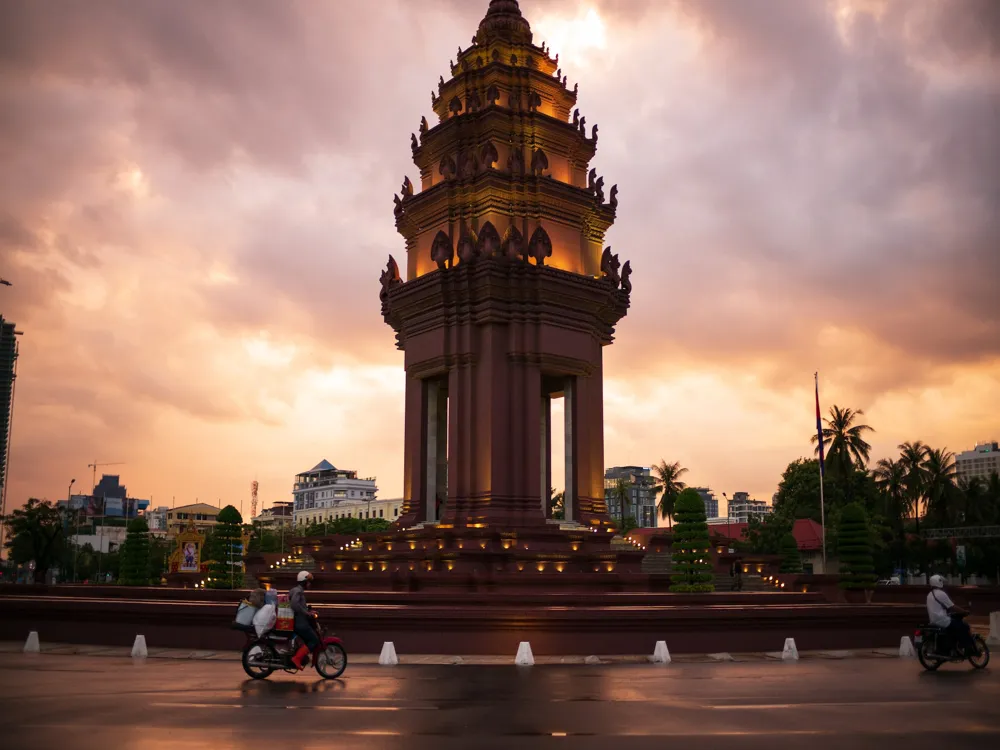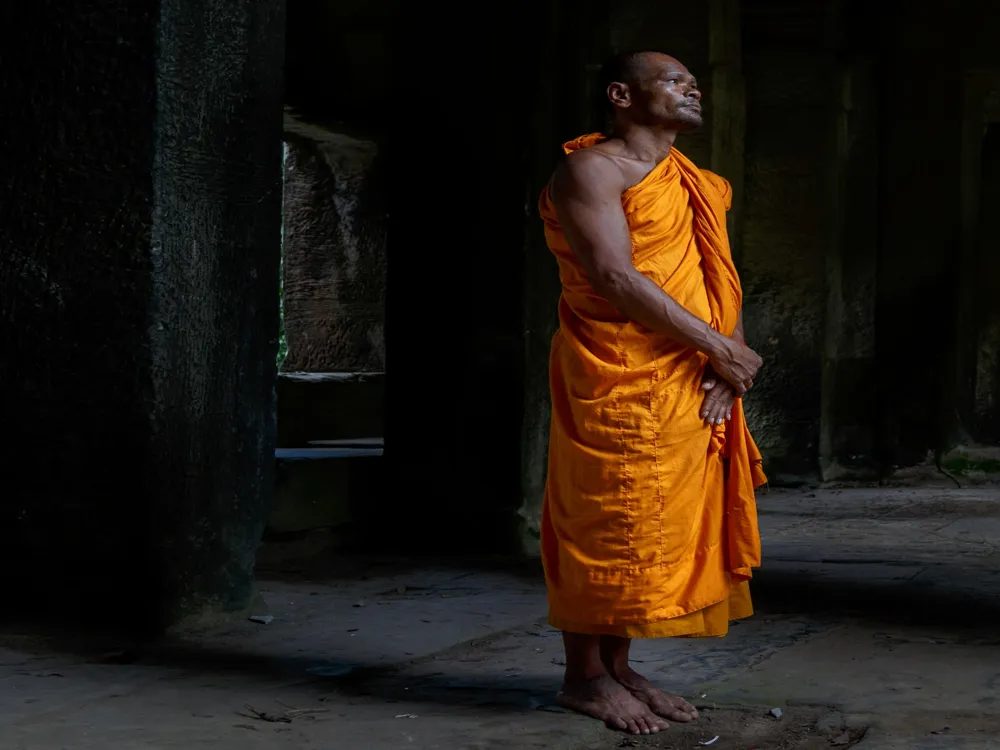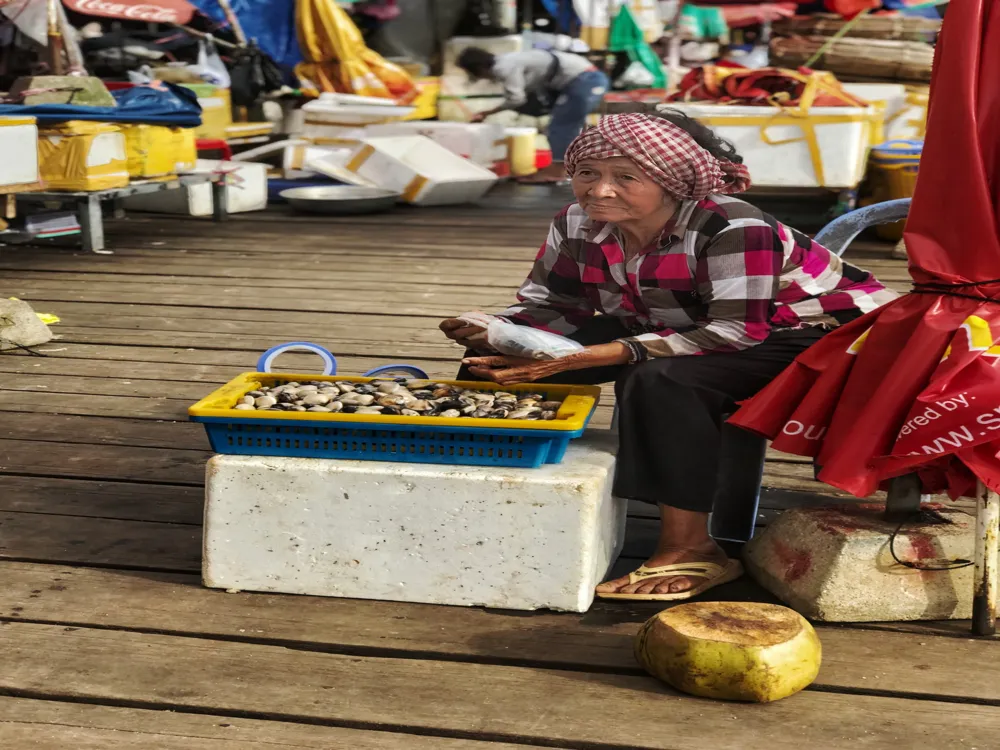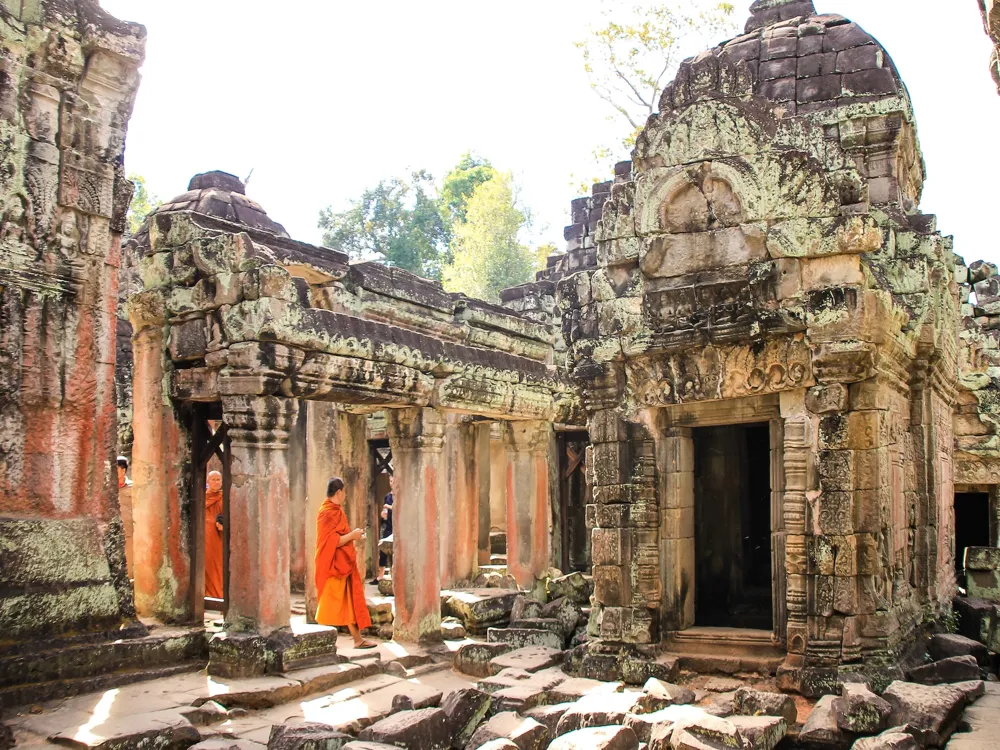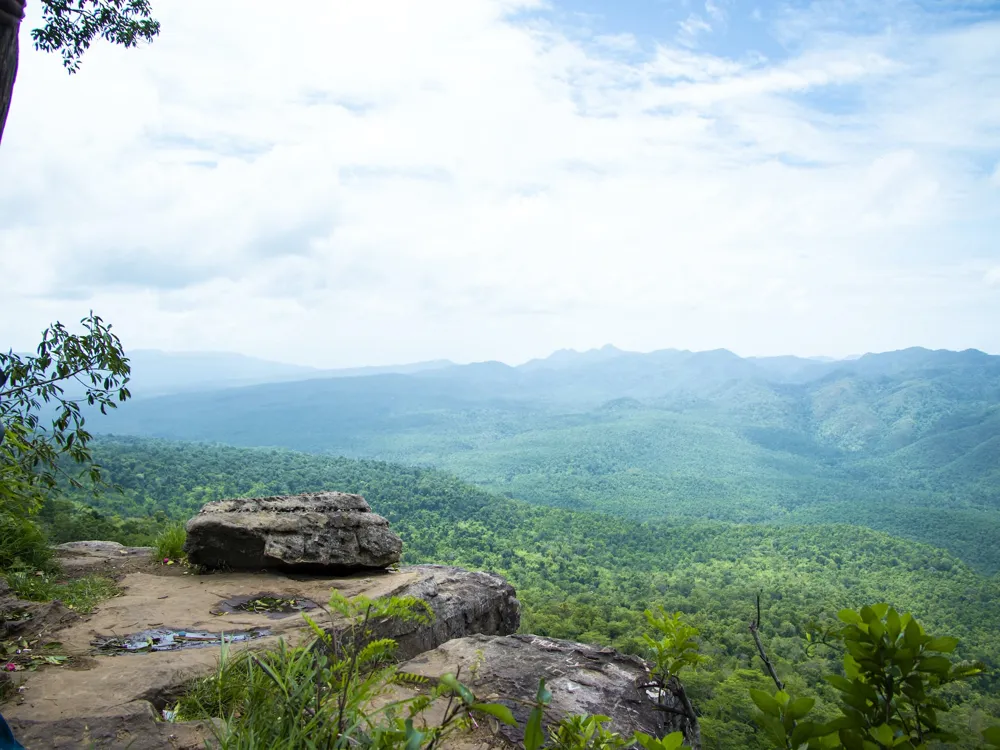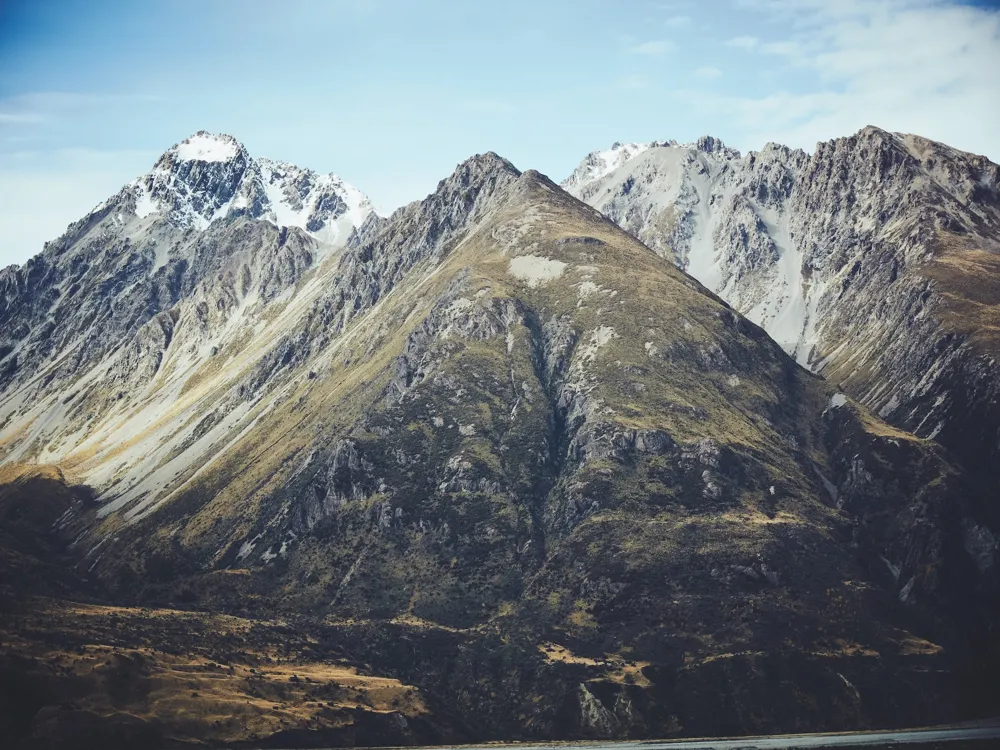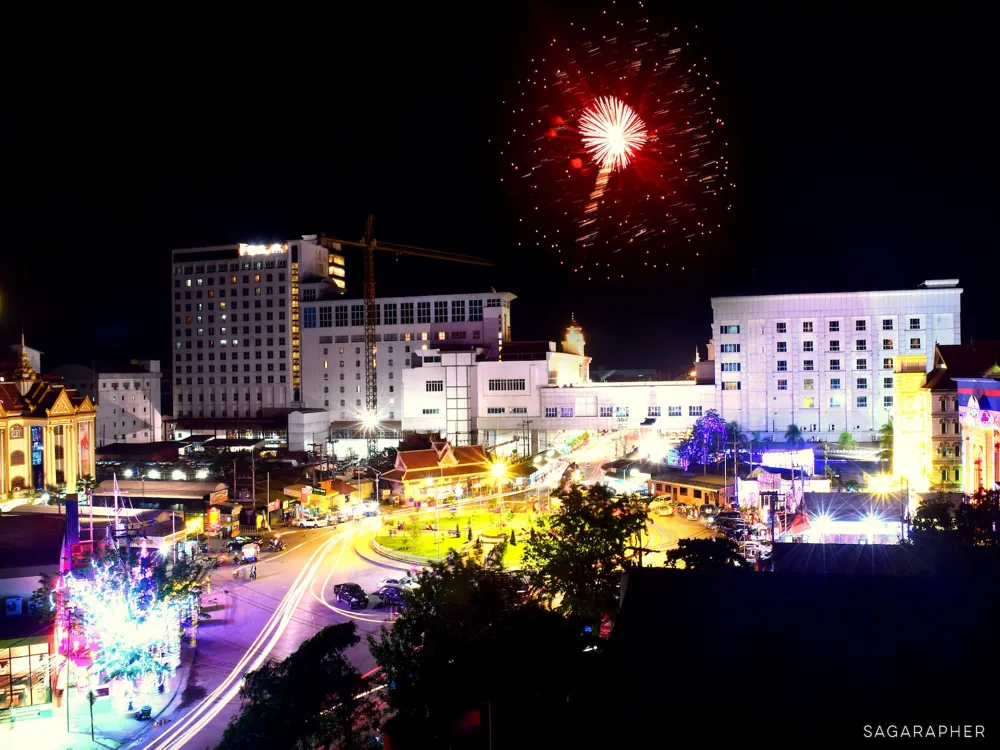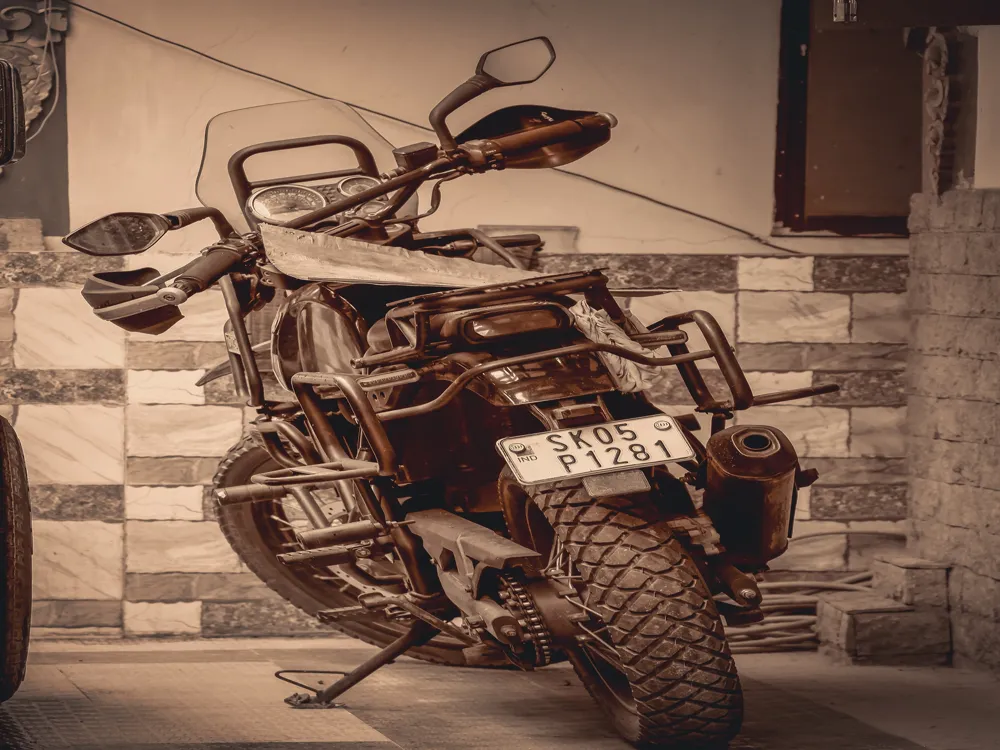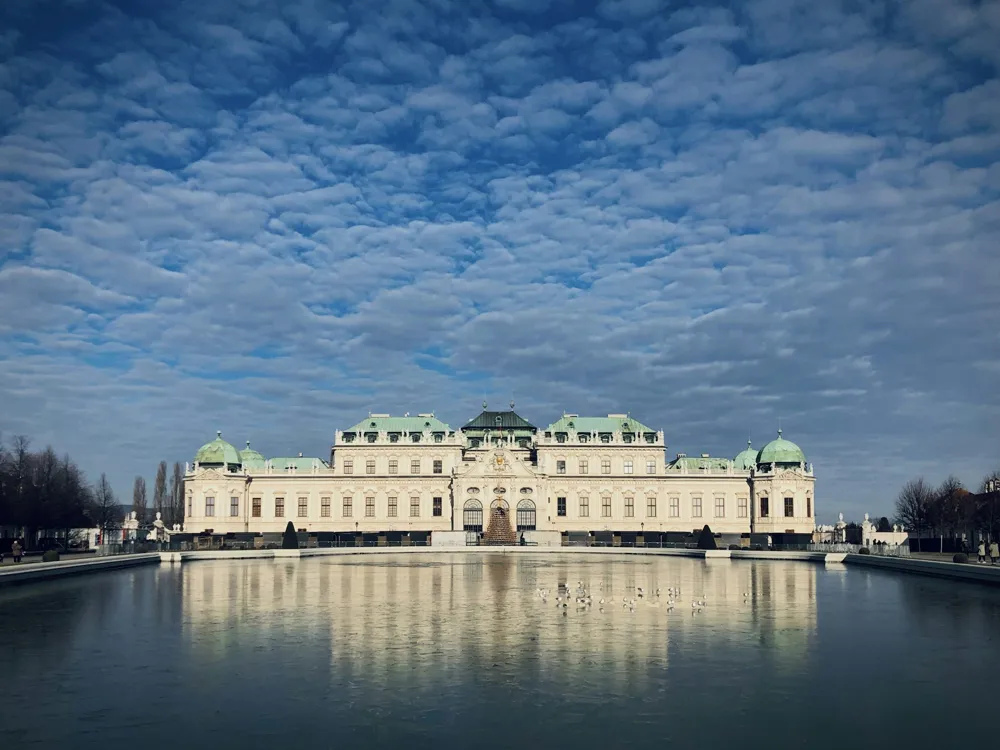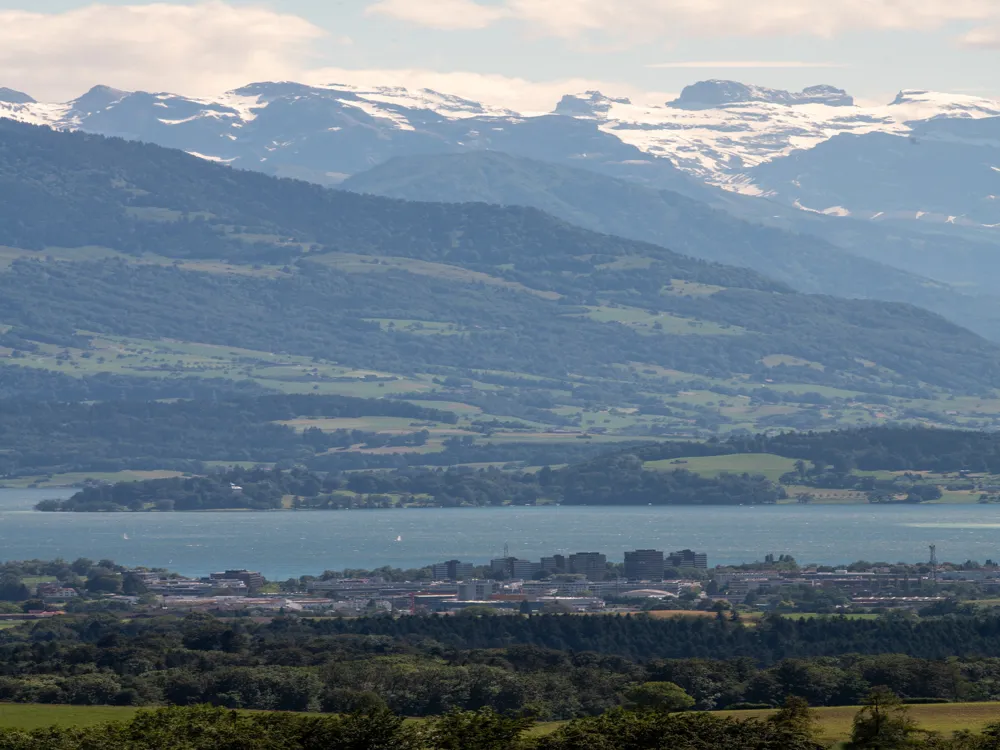Located in the heart of Phnom Penh, the Wat Botum stands as a testament to Cambodia's rich cultural and religious heritage. Established in the 15th century, this historic temple, also known as Wat Botum Vaddei, resonates with the spiritual and architectural grandeur of Cambodia. With its serene surroundings, Wat Botum is not just a religious site, but also a symbol of peace and tranquility amidst the bustling city. As one of the oldest pagodas in Phnom Penh, it has witnessed significant events in Cambodian history, serving as a spiritual haven for many generations. The temple's significance extends beyond its religious role; it has been a center of cultural and political influence. Renowned for its unique architecture, which blends traditional Khmer designs with modern motifs, Wat Botum is a must-visit for anyone interested in the historical and spiritual journey of Cambodia. The pagoda's grounds are home to various stupas and statues, each narrating a story of Cambodia's past leaders and Buddhist figures. Visitors are captivated by the tranquility and beauty of this sacred space, which continues to play a vital role in the religious and daily lives of the local community. The architecture of Wat Botum is a splendid showcase of Khmer design and craftsmanship. As you enter the temple grounds, the first thing that strikes you is the grand central stupa, an iconic symbol of Khmer religious architecture. The stupa, with its intricate carvings and ornate decorations, stands as a testament to the artistic skill of the Khmer people. The temple features a main vihara (prayer hall), which houses a magnificent Buddha statue, revered by devotees and visitors alike. The vihara's roof is a classic example of Khmer architectural style, with its multi-tiered structure and characteristic chofahs (ornamental roof finials) that seem to reach towards the heavens. The temple walls are adorned with exquisite murals depicting scenes from the Jataka tales and the life of the Buddha, each telling a story of morality and spiritual wisdom. The blend of vibrant colors and detailed narrative art captures the essence of Buddhist teachings and Khmer culture. The temple complex also includes several smaller shrines and pavilions, each with its unique architectural features and religious significance. When visiting Wat Botum, it is important to dress respectfully. This means covering shoulders and knees. Traditional Cambodian attire is not necessary, but modest clothing is appreciated. This respect for local customs enhances the experience and shows reverence for the sacred nature of the site. Monks are highly respected in Cambodian culture. When interacting with them, it's important to be polite and respectful. Avoid physical contact with the monks, especially for women, as it is considered inappropriate. It's also crucial to maintain a peaceful and quiet demeanor to not disturb those in prayer or meditation. Photography is allowed in most areas of Wat Botum, but it's important to be mindful and respectful when taking pictures. Avoid photographing monks or worshippers without their permission, and refrain from using flash photography inside the vihara, as it can be disruptive. Engaging with the local practices and traditions can enrich your visit. Participating in a water blessing ceremony, offering alms to the monks, or simply observing the rituals can provide a deeper understanding of Cambodian Buddhism and culture. Wat Botum is conveniently located and easily accessible from various parts of Phnom Penh. The most common way to reach the temple is by tuk-tuk or taxi, which are readily available throughout the city. For those preferring public transport, buses and river ferries provide an affordable and scenic route to the temple. Visitors can also choose to walk or cycle to Wat Botum, especially if staying in nearby areas, allowing them to explore more of Phnom Penh's streets and local life en route. Read More:Overview of Wat Botum, Phnom Penh
Architecture of Wat Botum
Tips When Visiting Wat Botum
Dress Appropriately
Respect the Monks and Devotees
Photography Etiquette
Understanding Cultural Practices
How To Reach Wat Botum
Wat Botum
Phnom Penh
₹ 19,999 onwards
View phnom-penh Packages
Weather :
Tags : Buddhist Temple
Entry Fee : Free
Planning a Trip? Ask Your Question
Phnom-penh Travel Packages
View All Packages For Phnom-penh
Top Hotel Collections for Phnom-penh

Private Pool

Luxury Hotels

5-Star Hotels

Pet Friendly
Top Hotels Near Phnom-penh
Other Top Ranking Places In Phnom-penh
View All Places To Visit In phnom-penh
View phnom-penh Packages
Weather :
Tags : Buddhist Temple
Entry Fee : Free
Planning a Trip? Ask Your Question
Phnom-penh Travel Packages
View All Packages For Phnom-penh
Top Hotel Collections for Phnom-penh

Private Pool

Luxury Hotels

5-Star Hotels

Pet Friendly









/choeung-ek-genocidal-center-killing-fields-slider-1.webp)
